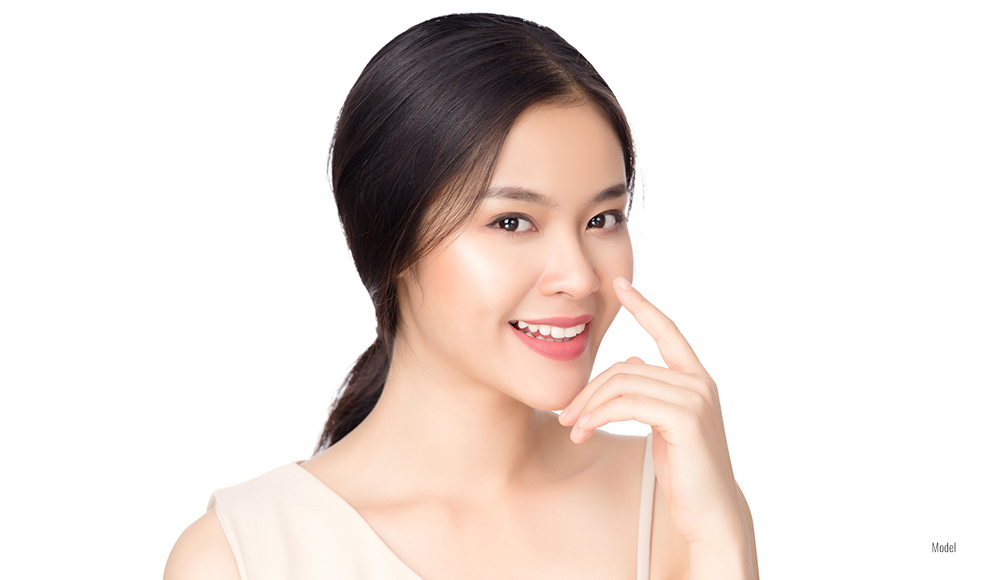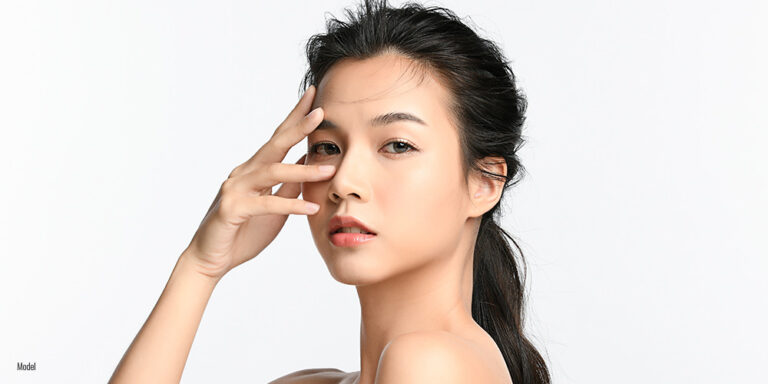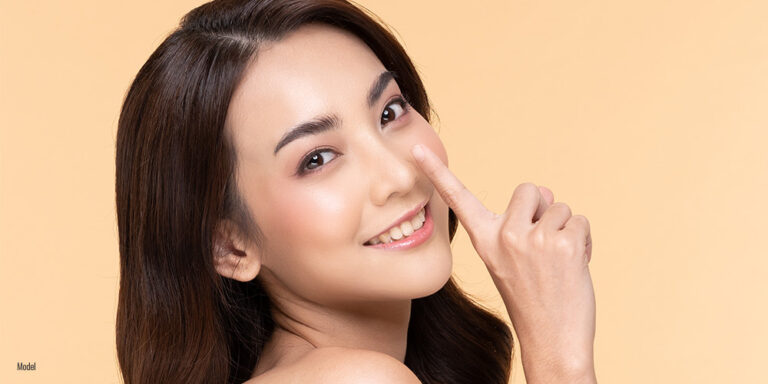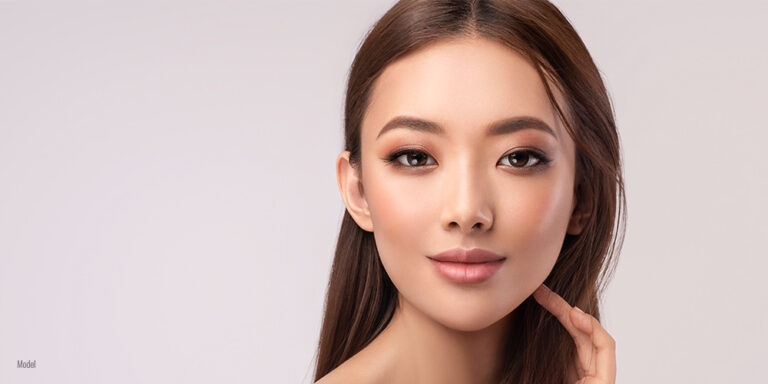Many people considering Asian rhinoplasty are concerned about the discomfort associated with rhinoplasty and wonder if this technique causes more or less pain. This blog addresses these concerns by explaining the surgical process and post-operative experience. We’ll discuss pain management strategies surgeons use and share patient testimonials about their pain levels and recovery experiences.
4 Min Read:
Asian rhinoplasty, a specialized technique designed to enhance or refine the nose while preserving ethnic features, has grown in popularity. Dr. Charles Lee, a board-certified plastic and facial plastic surgeon, is renowned for his expertise in performing this procedure. For those considering Asian rhinoplasty, one of the most common questions is: “Does it hurt?”
Understanding the Asian Rhinoplasty Process
Whether traditional or ethnic-specific, rhinoplasty involves reshaping the nose through surgical techniques. Asian rhinoplasty often focuses on building structure rather than reducing it, particularly with the addition of nasal implants or cartilage grafts. The goal is to create balance and harmony in the face without erasing key ethnic features.
Since the nasal structure in many Asian patients differs from those of other ethnic backgrounds—often with a flatter nasal bridge and thicker skin—Asian rhinoplasty may involve more delicate maneuvers. Despite these complexities, many patients are curious whether these changes result in more or less discomfort than other types of rhinoplasty.
Does Asian Rhinoplasty Cause More or Less Pain?
The concern about discomfort is a natural part of deciding whether to undergo rhinoplasty. However, it’s important to note that modern surgical techniques, anesthesia, and post-operative care minimize discomfort during and after the procedure. Dr. Charles S. Lee uses advanced techniques to ensure minimal trauma to surrounding tissues, reducing the pain that may be felt afterward.
During the surgery, general anesthesia is typically administered, ensuring that the patient remains completely unaware and pain-free throughout the procedure. IV sedation may be used if the surgery is limited to the nostrils. Regardless of whether general anesthesia or IV sedation is administered, patients will not feel any pain during the surgery. Post-operatively, patients may experience some discomfort, but pain is generally well-controlled with prescription and over-the-counter medication.
Pain Management Strategies
One key factor that sets Dr. Lee apart is his focus on patient comfort throughout the entire rhinoplasty experience. Post-surgical pain management is a priority, and there are various strategies to help control discomfort.
- Medications: Dr. Lee typically prescribes pain medications to be taken in the days following surgery. These medications help to reduce pain and discomfort, especially during the initial recovery period.
- Local Anesthetic: The use of long-acting (24–72 hours) local anesthetic EXPAREL® directly into the surgical site reduces the need for opioid medication.
- Cold Compresses: Applying cold compresses can also aid in reducing swelling and relieving discomfort around the nose and eyes.
- Minimally Invasive Techniques: By using less invasive techniques, Dr. Lee helps minimize tissue damage, bruising, and swelling, which ultimately contributes to less post-operative discomfort.
- Follow-up Care: A dedicated post-operative care plan includes regular follow-up visits to monitor healing and address any discomfort the patient may be experiencing.
Patient Testimonials: What to Expect
Most patients who undergo Asian rhinoplasty with Dr. Lee report positive recovery experiences, and many have shared their experiences with post-operative pain.
One patient commented, “Post op pain to my nose was minimal.”
Another shared, “There was NO swelling, bruising and little pain – a true testament to his surgery skills.”
Another patient commented, “My recovery experience has been easy with minimal pain & bruising, thanks to dr lee’s technique.”
These patient reviews are a testament to the success of Asian rhinoplasty with Dr. Lee. They suggest that while discomfort is a normal part of the recovery process, severe pain is uncommon, and patients generally find that their discomfort improves quickly within the first week or two. This should instill confidence in the potential success of the procedure and the positive recovery experiences reported by most patients.
Choosing the Right Surgeon
An important aspect of reducing discomfort during and after surgery is selecting the right surgeon. Dr. Lee is board certified by the American Board of Plastic Surgery and the American Board of Otolaryngology / Head & Neck Surgery, making him uniquely qualified to perform complex procedures like Asian rhinoplasty. His dual certification ensures that he has extensive training and expertise in both the aesthetics and functionality of the face, enabling him to approach each surgery with precision and care.
By choosing a board-certified plastic surgeon, patients can trust that they are in the hands of someone who adheres to the highest medical and safety standards. This not only impacts the success of the surgery but also the patient’s overall experience, including pain management and recovery.
Your Asian Rhinoplasty Expert in Beverly Hills, CA
While some discomfort after Asian rhinoplasty is to be expected, the procedure is usually well-tolerated with modern pain management techniques. Dr. Lee’s expertise and thoughtful approach to patient care ensure that any discomfort is manageable and temporary.
Considering Dr. Lee’s dual board certifications and patient-centered approach, those seeking Asian rhinoplasty in Beverly Hills, CA, can feel confident in both the aesthetic results and the overall comfort throughout the process.To learn more about Asian rhinoplasty or to schedule an appointment with Dr. Lee, call our office at (310) 271-5954 or complete our online contact form.







